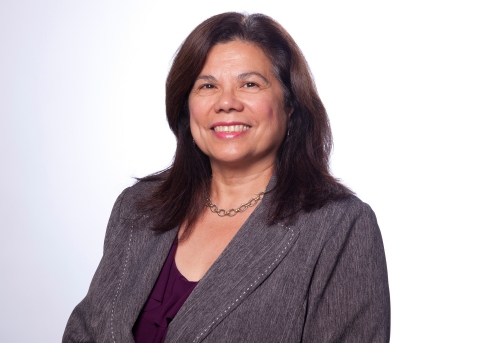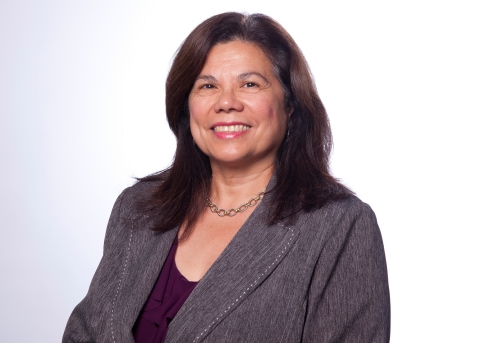STANFORD, Calif.--(BUSINESS WIRE)--California is experiencing a whooping cough, also known as pertussis, epidemic. Last year, in 2014, the California Department of Public Health reported 9,935 cases, including 347 people needing to be hospitalized – 62 percent of them infants. The last time the state had an epidemic was in 2010, but health officials are keeping a close watch on 2015, already seeing numbers spike.
In a new Q&A, Yvonne Maldonado, MD, chief of infectious diseases at Lucile Packard Children’s Hospital Stanford and Stanford Children’s Health, explains the risks and the precautions people can take to avoid the contagious, and sometimes deadly, bacterial disease.
What are the symptoms of whooping cough?
Maldonado: At first, it often resembles the symptoms of a cold: runny nose, watery eyes, sore throat. But if a cough persists for longer than two weeks, without underlying problems such as asthma, and the person feels tired and weak, it could be whooping cough. It can feel similar to bronchitis and it can cause pneumonia.
For those who contract whooping cough, who is most at risk?
Maldonado: Pertussis causes inflammation in the airways, so it’s especially dangerous for children six-months old and younger who have very small airways. Every pregnant woman should get a DTaP (diphtheria, tetanus and pertussis) vaccine in their third trimester, which may protect their baby until he or she is old enough (as early as six weeks) to be vaccinated.
Is it true that pertussis rates by race/ethnicity are highest for Hispanic infants?
Maldonado: Yes, but we’re not sure why. It could be that there are social issues such as crowding, or that fewer Hispanics are getting the vaccine.
Why are we seeing these kinds of epidemic outbreaks?
Maldonado: The current vaccine has been used since the late 1990s and causes fewer side-affects. But immunity from the current vaccine doesn’t last as long as from the original vaccine. And it’s partly because more people aren’t getting vaccinated at all.
How often should people be vaccinated for whooping cough?
Maldonado: Children should have five vaccinations with the DTap, child-formulated vaccine. These doses should be given as one dose at two-months old, one dose at four months, one dose at six months, one dose at 16 to 18 months and one booster dose at four to six years of age. Adolescents 11 years of age and older, children 7 through 10 who have not completed their childhood five dose series, and most adults should have one booster dose of the adult-forumulated vaccine, called Tdap. Pregnant women should have a dose of Tdap in the third trimester of each pregnancy.
Are there other precautions people can take?
Maldonado: Whooping cough is highly contagious, so anyone who has it should try to limit their contact with others, especially with young children. Unlike the flu, pertussis can be treated with antibiotics, although the effect of antibiotics is highly limited. See a pediatrician as soon as possible if whooping cough or something similar is suspected.
Dr. Maldonado is also Berger-Raynolds Distinguished Fellow and professor of pediatrics and health research and policy and chief of the division of pediatric infectious diseases at the Stanford University School of Medicine, and senior associate dean for faculty development and diversity.
About Stanford Children’s Health and Lucile Packard Children’s Hospital Stanford
Stanford Children’s Health, with Lucile Packard Children’s Hospital Stanford at its core, is an internationally recognized leader in world-class, nurturing care and extraordinary outcomes in every pediatric and obstetric specialty from the routine to rare, for every child and pregnant woman. Together with our Stanford Medicine physicians, nurses, and staff, we deliver this innovative care and research through partnerships, collaborations, outreach, specialty clinics and primary care practices at more than 200 locations in the U.S. western region. As a non-profit, we are committed to supporting our community – from caring for uninsured or underinsured kids, homeless teens and pregnant moms, to helping re-establish school nurse positions in local schools. Learn more about our full range of preeminent programs and network of care at stanfordchildrens.org, and on our Healthier, Happy Lives blog. Join us on Facebook, Twitter, LinkedIn and YouTube.
Lucile Packard Children’s Hospital Stanford is the heart of Stanford Children’s Health, and is one of the nation’s top hospitals for the care of children and expectant mothers. For a decade, we have received the highest specialty rankings of any Northern California children’s hospital, according to U.S. News & World Report’s 2014-15 Best Children’s Hospitals survey, and are the only hospital in Northern California to receive the national 2013 Leapfrog Group Top Children’s Hospital award for quality and patient care safety. Discover more at stanfordchildrens.org.




